The forests, wetlands and rivers of Western Massachusetts are an irreplaceable link in the Appalachian Mountain landscape that protects plants and animals.
Conserving Forest Cores
The forests of the Berkshire and Taconic Highlands of Western Massachusetts link the Green Mountains of Vermont to the Hudson Highlands of New York, creating a connected corridor of habitat for wide-ranging species such as black bear, moose and bobcat, as well as many other important plants and animals. This geography—known as the Berkshire Wildlife Linkage—has an estimated 75% forest cover and includes the most intact forest ecosystem in southern New England. The Linkage sits within the northern range of the Appalachian Mountains, one of the most resilient, diverse and productive places on Earth.
The Nature Conservancy and our partners have been protecting this landscape for decades because of its ability to support rare species, ensure clean air and water, provide beautiful natural areas for recreation and store carbon. Forest cores like these often overlap with critical wetlands surrounding streams and rivers, all of which are some of the most resilient to climate change.
Conservation Goals
The Berkshire Wildlife Linkage contains the highest concentrations of complex and varied habitats in Southern New England.
According to TNC’s analysis of resilient and connected landscapes across the continental United States, if we can effectively protect these landscapes, they will support robust wildlife and plant populations—and the people who depend on them—into the future. Given the effects of a changing climate, these places have the right characteristics to provide plants and animals with options for roaming and making a home, preventing extinction as the world faces a biodiversity crisis.
A Place for Wildlife to Roam
Our goal for this critically important landscape is to protect a continuous north-south corridor of lands, creating a vast regional network of open space that will safeguard biodiversity. The forested landscape of Western Massachusetts provides an irreplacable link in the Applachian Mountain Chain of the eastern United States. This Greens-to-Hudson Linkage is one of 10 that are a part of the regional Staying Connected Initiative.
Our definition of success in the Berkshire Wildlife Linkage is that within it, wildlife of all types, from bears to beetles, move freely and safely, thanks to culverts and other passageways under or over roadways. Foxes, otters, salamanders and other moderately mobile wildlife are our measuring stick—if we are successful, these animals will always be able to reach their next home through a landscape that provides for their needs.
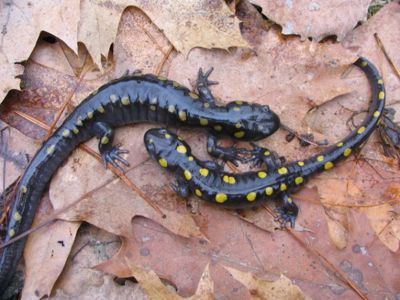
Capturing Carbon
These landscapes will also be critical for absorbing carbon from the atmosphere and storing it long term, a key pathway toward mitigating climate change. The Berkshire Wildlife Linkage has some of the largest amounts of above-ground biomass—plants and soil that will absorb carbon and hold onto it—in all of New England.
Accomplishing Our Conservation Goals
How we're working to ensure the lands of the Berkshire Wildlife Linkage are protected and stewarded far into the future
Connectivity
Even with a landscape of large protected parcels, wildlife needs to navigate the intense network of roads that criss-cross the Berkshire Wildlife Linkage. Our plan is to maintain or increase animals’ ability to cross all major roads within their path.
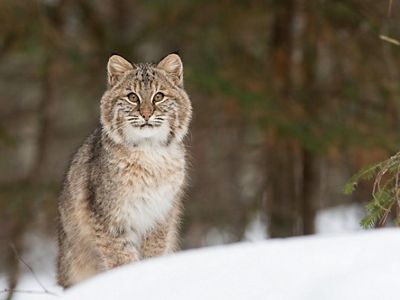
Ecological Restoration and Management
Our goals are to maintain and restore conservation lands for both rare habitat protection and maximum carbon storage using a diversity of forest management strategies. This includes monitoring and maintaining boundaries and trails, as well as restoration work for rare-species habitat and to control invasive species.
Collaborative Land Protection
Collectively, between TNC, state agencies, land trusts, federal agencies and municipalities, 40% of the Berkshire Wildlife Linkage has been legally protected to conserve critical habitats and benefits to people in perpetuity. This is tremendous progress, but there is more work to be done, as the network of protected lands is incomplete and fragmented.
We are working to ensure that new land-protection efforts in the region build out forest core areas and make connections between protected areas to ensure a continuous corridor for species to move and thrive. For example, TNC and MassWildlife's BioMap can help conservation organizations, municipalities and others gain critical insights on biodiversity, resilience, climate and other data to inform land-protection strategy and decisions.
A Map, A Tool, A Vision
A tool showing the biodiversity, resilience and more of Massachusetts' landscapes
Check out BioMap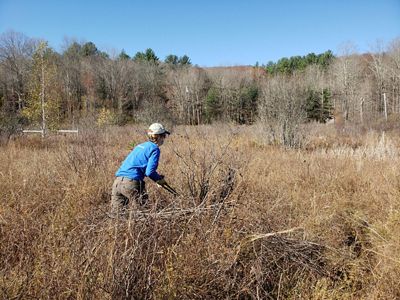
Advocating for Conservation
No one organization or agency can accomplish these ambitious goals alone. Lasting conservation success is built on smart policies and funding tools, such as the Land and Water Conservation Fund, a critical federal investment in nature and public lands for which TNC has advocated.
Partnerships
TNC recognizes that collaboration is critical to protecting land at a large scale. By being a member of partnerships like the Berkshire Wildlife Linkage Regional Conservation Partnership and the Staying Connected Initiative, we can share knowledge, team up on initiatives and maximize impact.
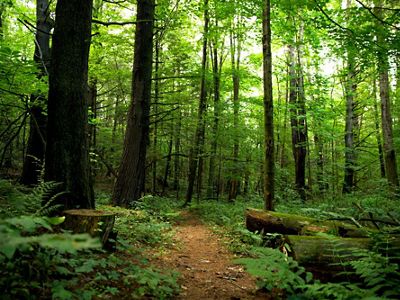
Preserves in the Berkshires
TNC owns or manages roughly 8,000 acres in Western Massachusetts, from the Northern Pioneer Valley to the mountains of the Southern Berkshires. We have helped protect 14,500 acres in the region over the years and have transferred 6,500 acres to other conservation organizations to manage. These partnerships are key to having the broadest land protection impact.
A few of our preserves in the region are open to the public, including:

Find More Places We Protect
The Nature Conservancy owns nearly 1,500 preserves covering more than 2.5 million acres across all 50 states. These lands protect wildlife and natural systems, serve as living laboratories for innovative science and connect people to the natural world.
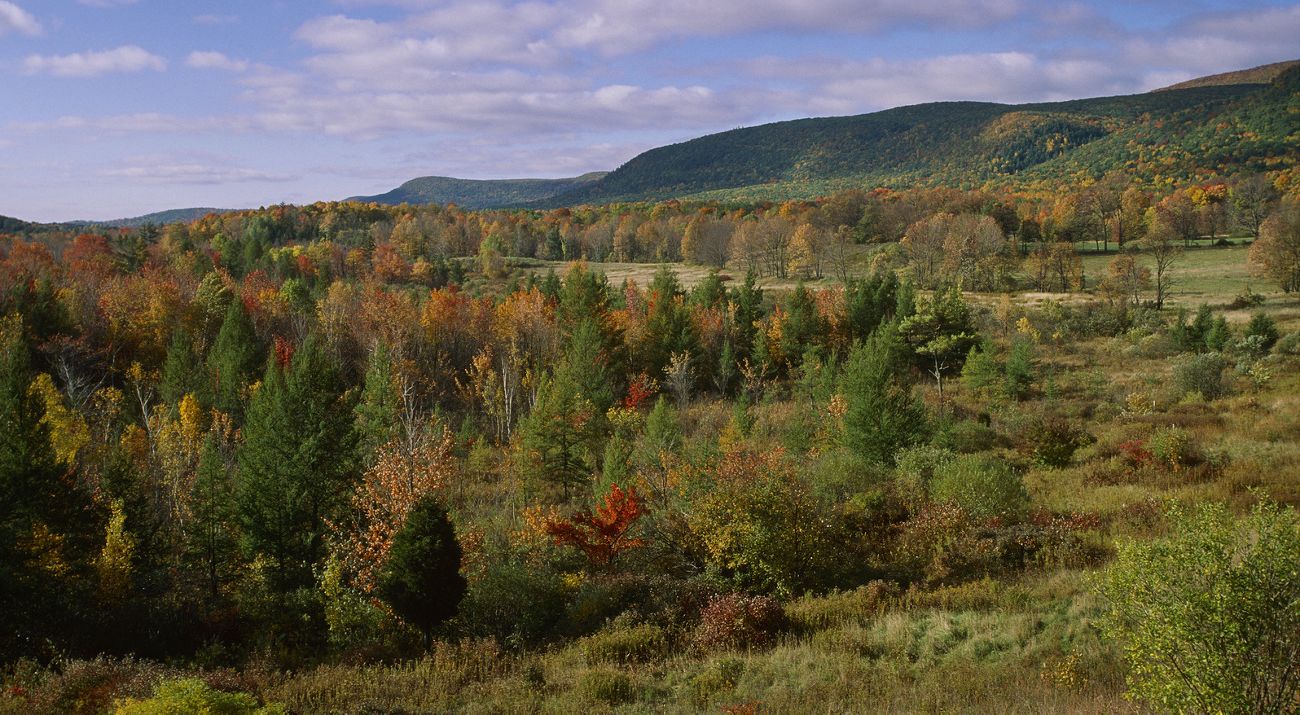
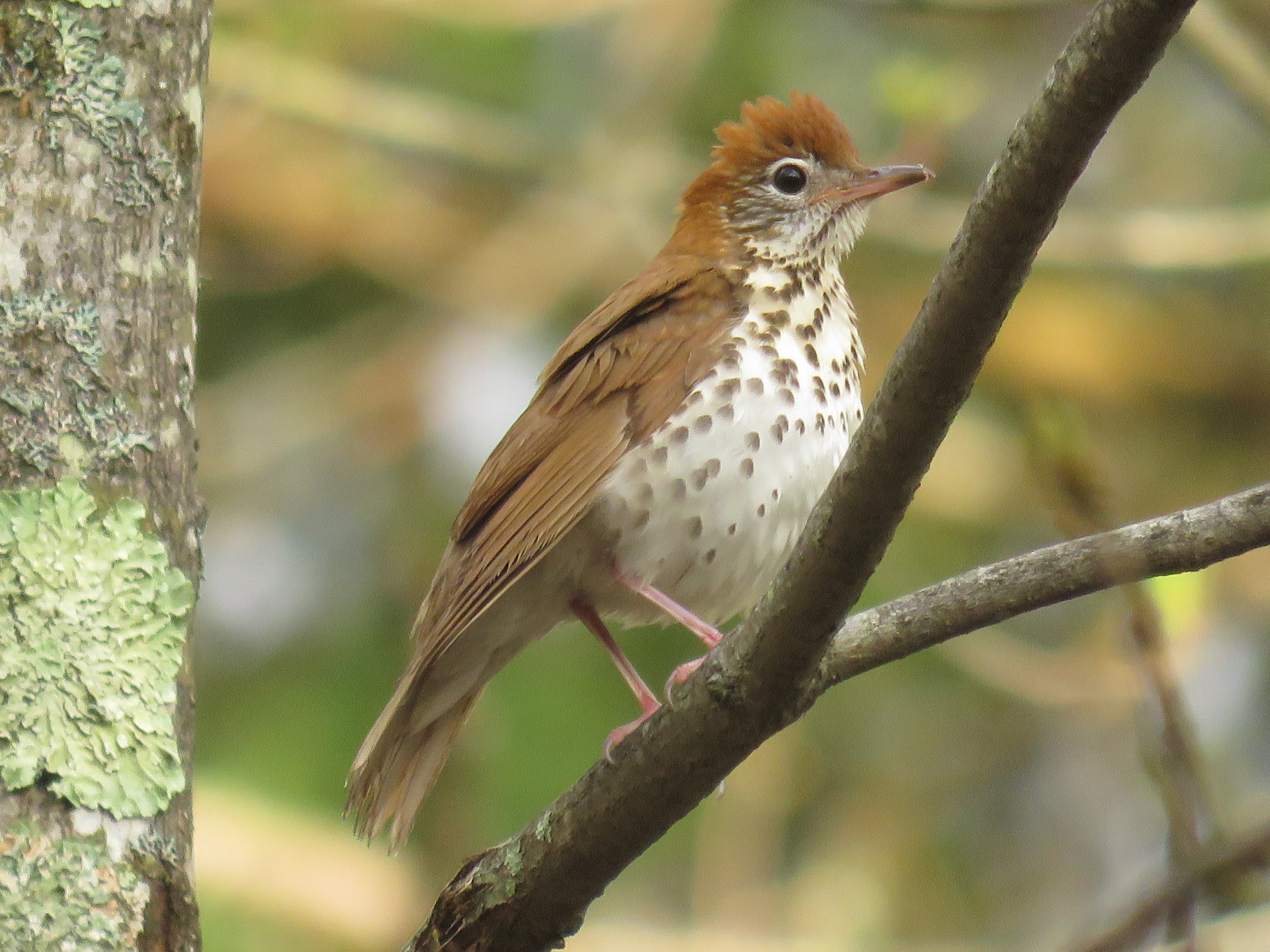
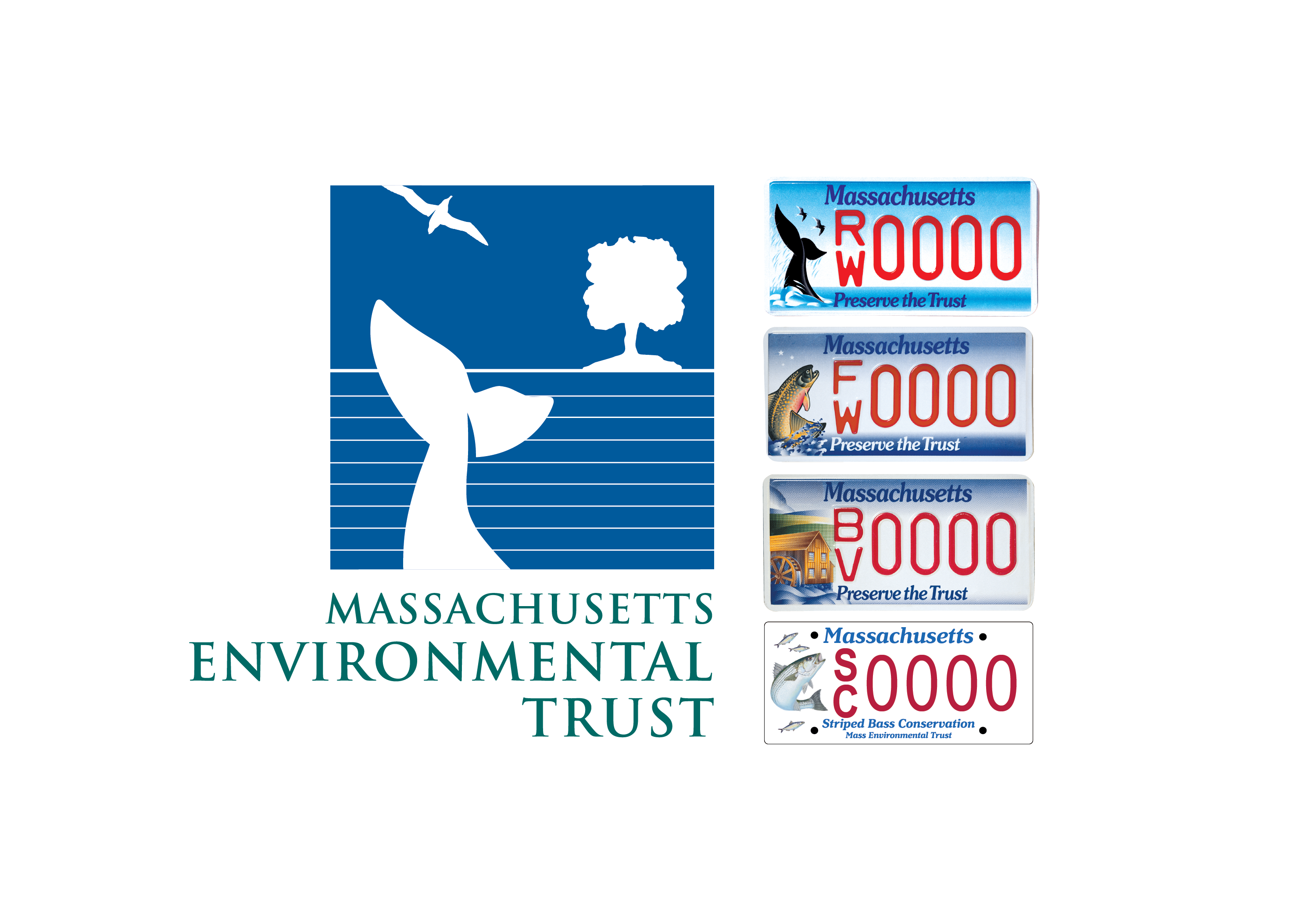
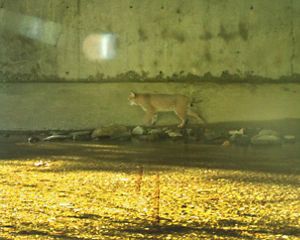
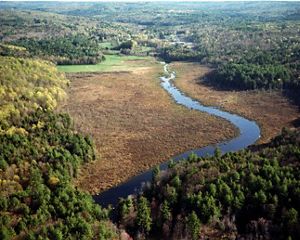
_4000x2200.jpg?crop=625%2C0%2C2750%2C2200&wid=300&hei=240&scl=9.166666666666666)